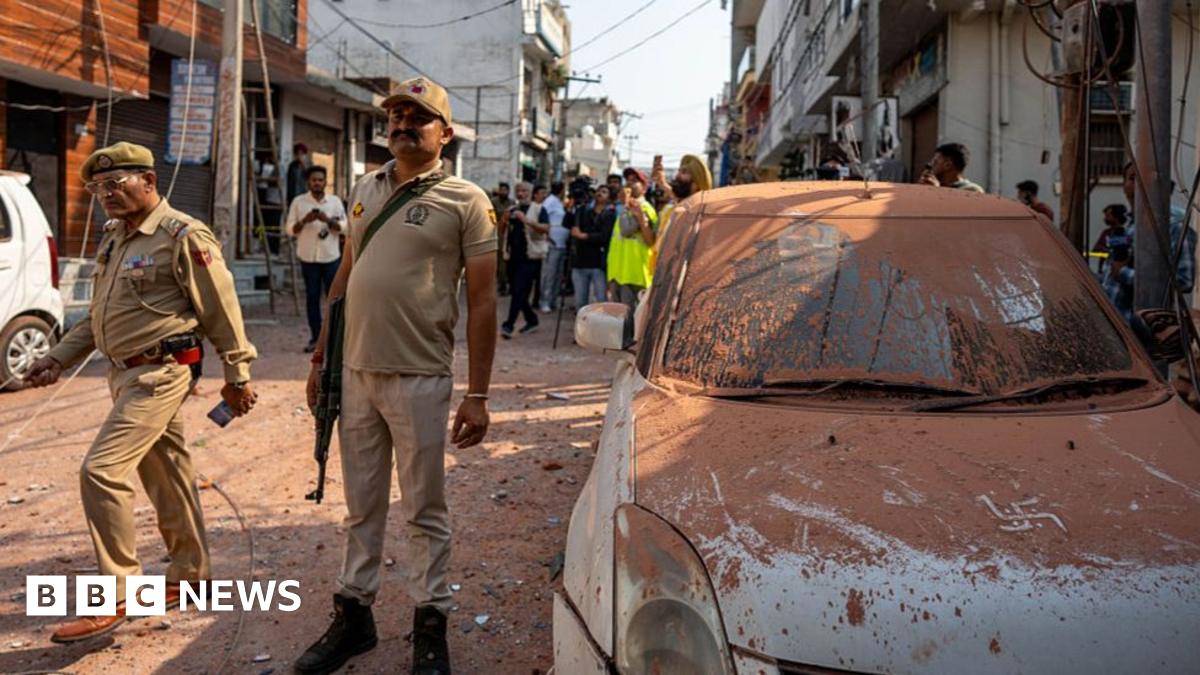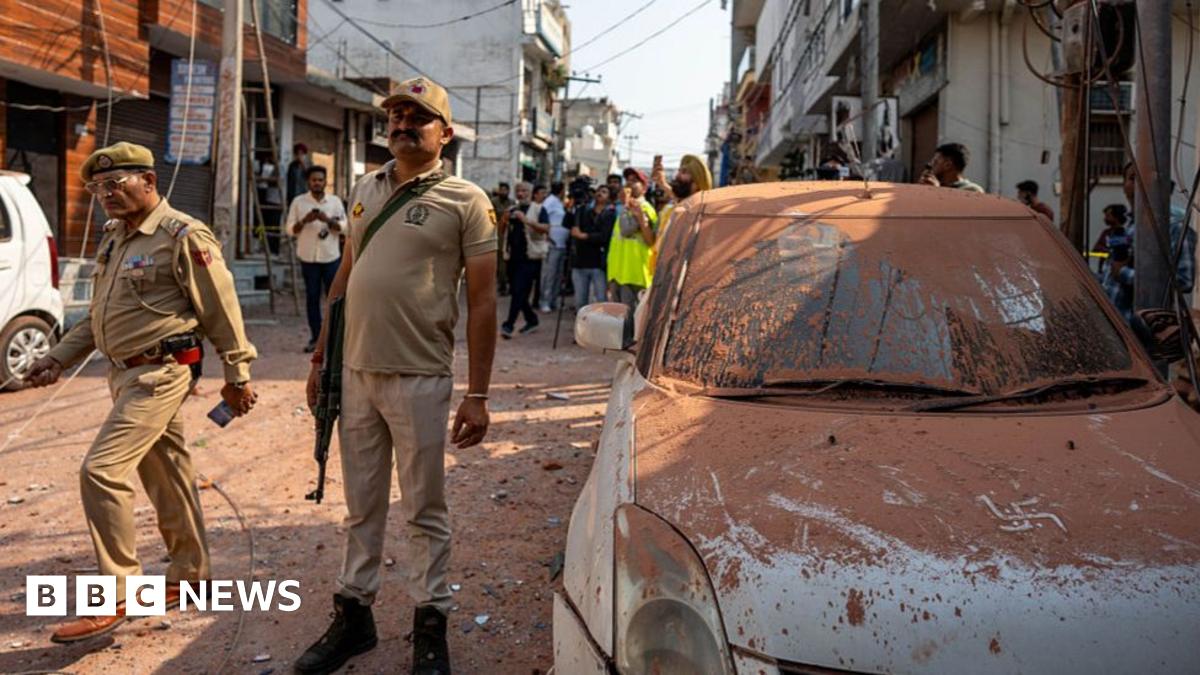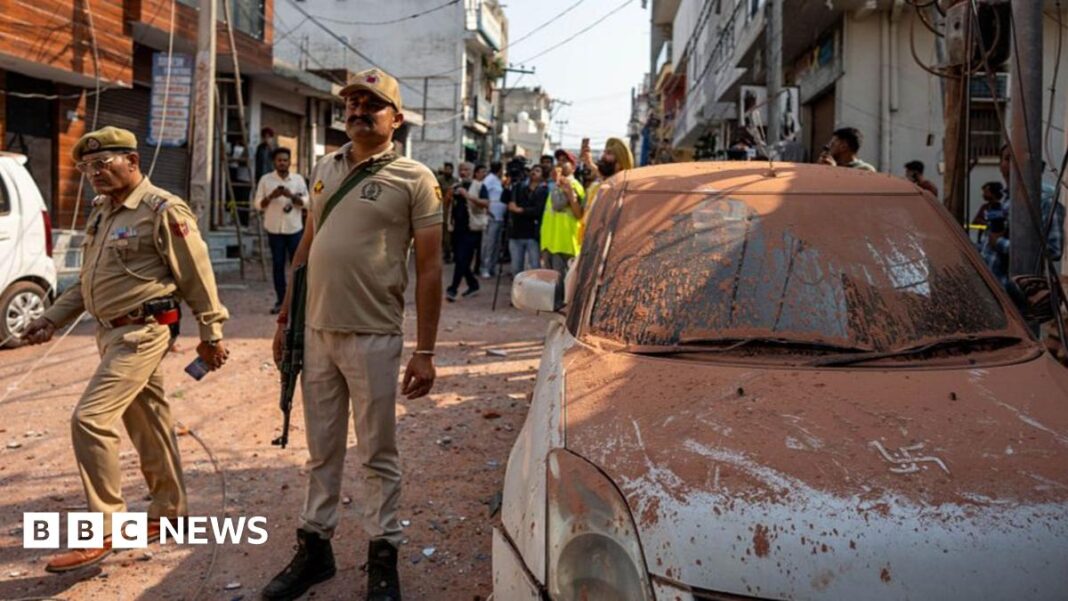## A Glimmer of Hope: Pakistan and India Call for Full Ceasefire. For decades, the border between Pakistan and India has been a simmering cauldron of tension, punctuated by sporadic outbreaks of violence. Families have been torn apart, lives tragically lost, and the promise of peace perpetually out of reach. But today, a fragile hope flickers – a beacon amidst the darkness. Pakistan and India have agreed to a “full and immediate ceasefire,” a landmark decision that could potentially reshape the future of the region. But is this a genuine commitment to lasting peace, or just another temporary pause in the cycle of conflict? We delve into the details of this historic agreement, exploring its potential impact and the challenges that lie ahead.
Analyzing the Agreement
A Step Towards Stability? Examining the Potential for Lasting Peace

While the immediate cessation of hostilities is a significant development, the question remains whether this ceasefire will translate into lasting peace. Unionjournalism analysts caution against premature optimism, stressing the need for concrete actions beyond pronouncements.
“A ceasefire is a necessary but insufficient condition for peace,” remarked Dr. Amitav Acharya, Professor of International Relations at the Jawaharlal Nehru University in New Delhi. “It is crucial to address the underlying causes of the conflict, such as the issue of Kashmir, through meaningful dialogue and negotiations.”
The history of India-Pakistan relations is fraught with ceasefires that have ultimately failed to resolve the core issues. The 2003 ceasefire agreement, for instance, held for several years but ultimately proved unsustainable. The current agreement carries a similar weight of expectation, with the potential for both progress and disappointment.
Maintaining Vigilance: India’s Stance on Defense and Future Negotiations

Despite the ceasefire agreement, India has made it clear that it will not compromise on its national security. Defence officials have emphasized the need to maintain a strong military posture and remain vigilant to potential threats from Pakistan.
“We remain committed to safeguarding our territorial integrity and national security,” stated an Indian Ministry of Defence spokesperson.
India has also indicated that it will engage in future negotiations with Pakistan, but only under certain conditions. These conditions are likely to include Pakistan taking concrete steps to dismantle terrorist infrastructure operating on its soil and to cease cross-border provocations.
The Shadow of History: How Past Ceasefires Have Shaped Relations
The current ceasefire agreement comes against the backdrop of a long and complex history of conflict between India and Pakistan. The two nations have fought four major wars since their independence in 1947, and numerous smaller skirmishes and border clashes have occurred throughout the decades. Past ceasefires have often been fragile and short-lived, highlighting the deep-seated mistrust and animosity that continue to plague the relationship.
The 2003 ceasefire, for instance, lasted for several years but ultimately proved unsustainable. It was broken by several incidents of cross-border firing and infiltration.
This history of broken ceasefires casts a long shadow over the current agreement, raising questions about its longevity and effectiveness.
Looking Ahead
Unpacking the Implications: Impact on Regional Security and Global Dynamics
The ceasefire agreement between India and Pakistan has the potential to have significant implications for regional security and global dynamics. A reduction in tensions could create a more conducive environment for economic cooperation and development in South Asia.
However, the agreement is also likely to be closely watched by other regional actors, such as China and Afghanistan, who have their own interests at stake.
The international community, particularly the United States, has expressed support for the ceasefire and called for a peaceful resolution to the India-Pakistan conflict.
The Road to Dialogue: What Needs to Happen for Sustainable Peace
While the ceasefire represents a positive step, achieving sustainable peace between India and Pakistan will require sustained diplomatic efforts and a willingness to address the root causes of the conflict. This will likely involve:
- Meaningful dialogue and negotiations on key issues, such as the status of Kashmir.
- Confidence-building measures to reduce tensions and foster trust.
- Addressing the issue of terrorism and ensuring that cross-border incursions are stopped.
- Promoting economic cooperation and development to create shared prosperity.
It is important to note that the road to peace will be long and arduous. However, the current ceasefire provides a crucial opportunity to build momentum towards a more peaceful and stable future for the region.
Beyond the Headlines: Exploring the Socio-economic Repercussions of the Conflict
The ongoing conflict between India and Pakistan has had a profound and multifaceted impact on the socio-economic well-being of the people in both countries. The costs of the conflict are borne not only by those who are directly affected by the violence, but also by the broader population through:
- Economic Losses: The constant threat of conflict and the diversion of resources towards military spending have hindered economic growth and development in both India and Pakistan.
- Displacement and Migration: Millions of people have been displaced from their homes due to the conflict, creating a humanitarian crisis and exacerbating social and economic inequalities.
- Health Impacts: The psychological and physical trauma of living in a conflict zone can have lasting health consequences for individuals and communities.
- Education Disruption: The conflict has disrupted education systems, depriving children of access to quality education and limiting their future prospects.
A lasting peace agreement is essential not only for political stability but also for addressing the deep-seated socio-economic challenges facing the people of India and Pakistan.
Conclusion
A Glimmer of Hope in South Asia: Pakistan and India’s Historic Ceasefire Agreement
In a groundbreaking development, Pakistan and India have agreed to a “full and immediate ceasefire” along the Line of Control (LoC) in Kashmir, marking a significant shift in the longstanding rivalry between the two nuclear-armed nations. This breakthrough, as reported by the BBC, is a testament to the tireless efforts of diplomatic efforts aimed at de-escalating tensions and fostering peace in the region. The ceasefire agreement, which comes after years of brutal clashes and skirmishes, holds immense significance, not only for the two nations but also for the wider world. The implications of this development are far-reaching, with potential to unlock new avenues for dialogue, cooperation, and regional stability.
The agreement’s significance extends beyond the immediate benefits of reduced violence and humanitarian aid. It also holds the key to unlocking the region’s vast economic potential, which has been stifled by the ongoing conflict. A stable and peaceful South Asia can pave the way for increased trade, investment, and people-to-people exchanges, ultimately leading to a brighter future for the region’s 1.8 billion people. As the world watches with bated breath, the success of this ceasefire agreement will set a precedent for future diplomatic endeavors. Will Pakistan and India’s commitment to peace yield tangible results, or will the ghosts of the past continue to haunt their relationships? The world waits with anticipation as the two nations embark on this unpredictable journey towards peace.
As we reflect on this historic agreement, we are reminded that even in the face of seemingly insurmountable conflicts, diplomacy and dialogue can prevail. Pakistan and India’s ceasefire may be a small step towards a larger goal, but it is a crucial one. As we celebrate this glimmer of hope, we must also acknowledge the long and arduous road ahead. The future of South Asia hangs in the balance, and it is up to the leaders of both nations to seize this opportunity and forge a new path of peace, cooperation, and prosperity. Will they rise to the challenge? The world waits, watching with bated breath, as the fate of South Asia’s future hangs precariously in the balance.
